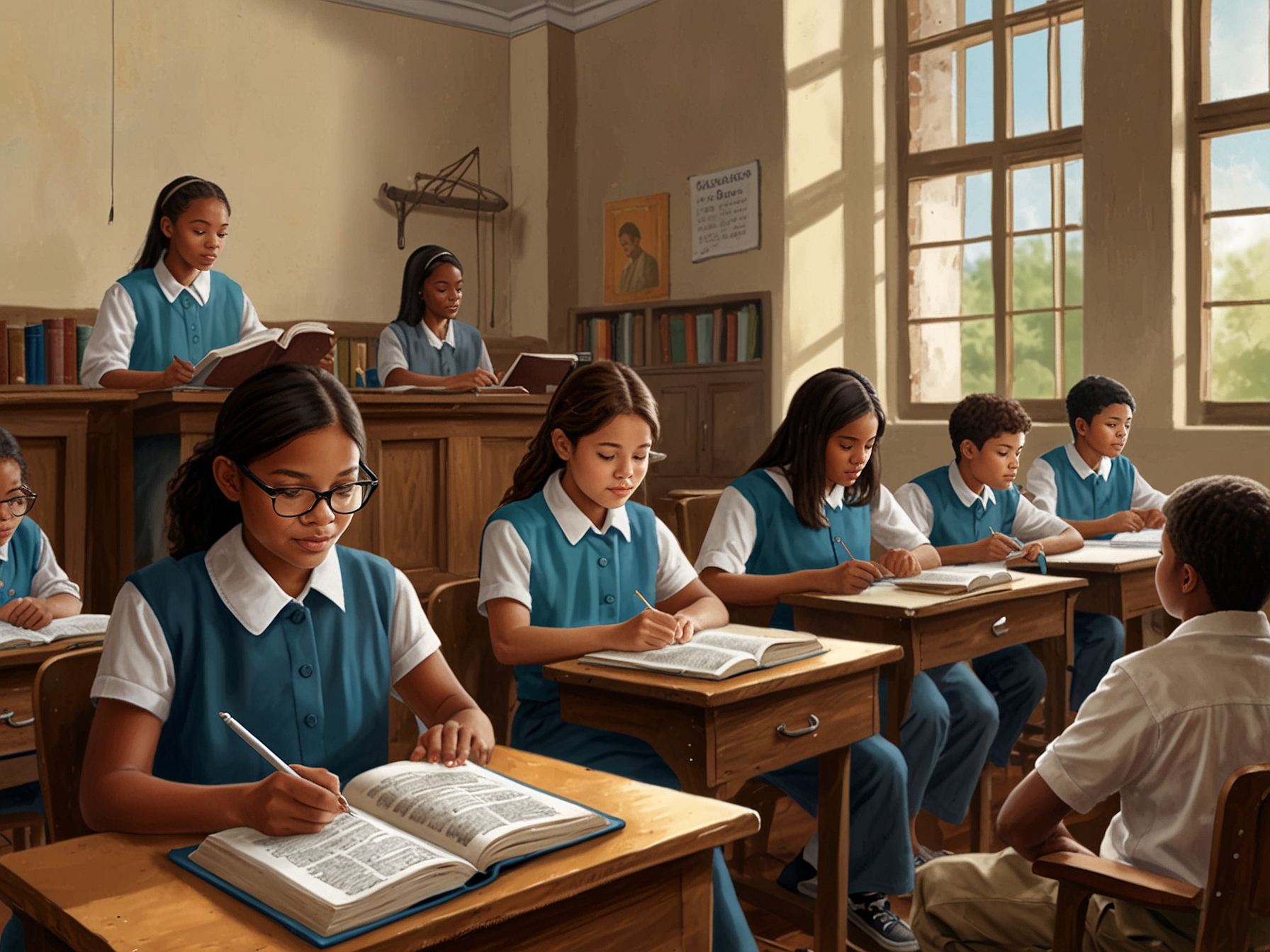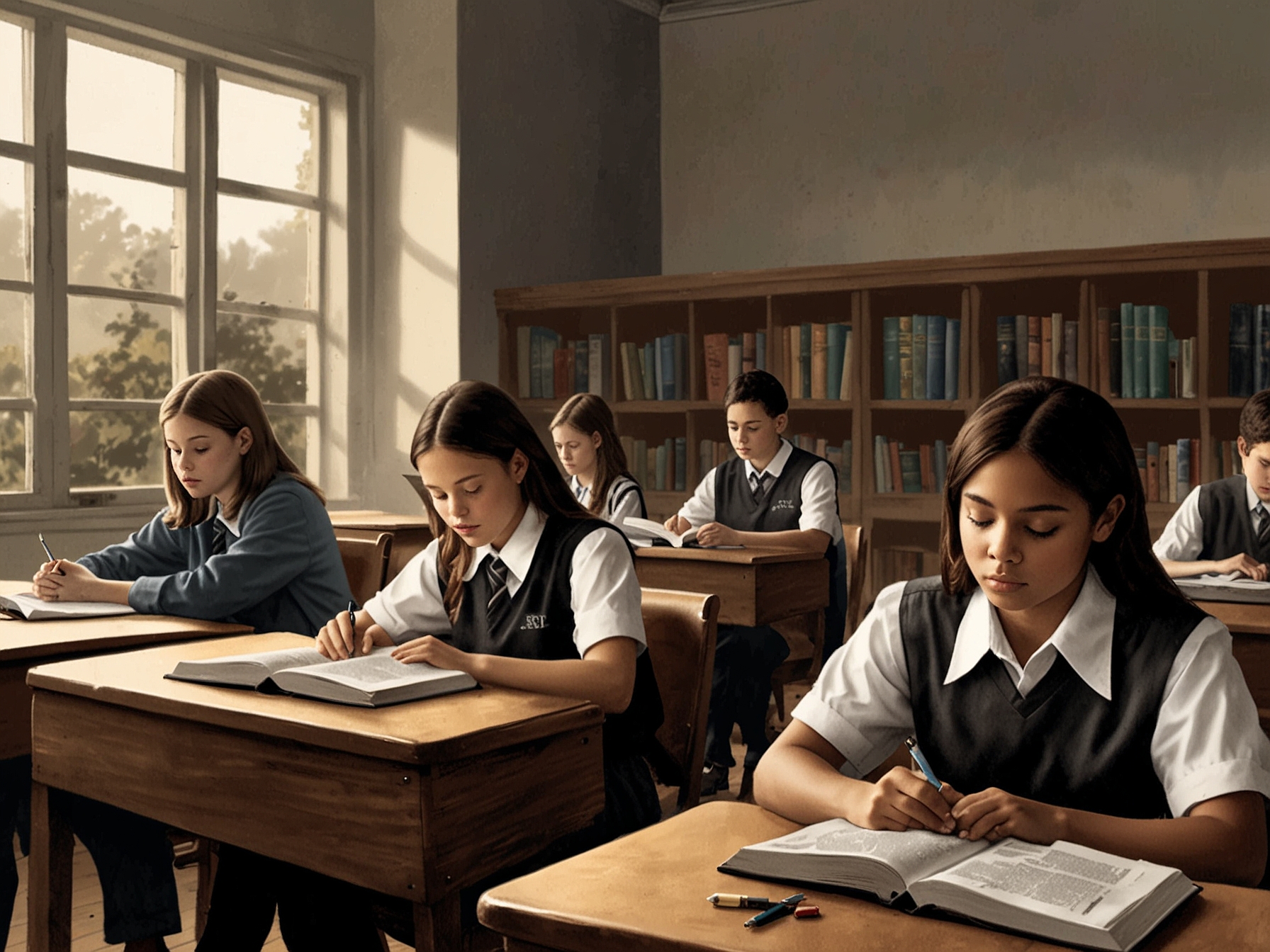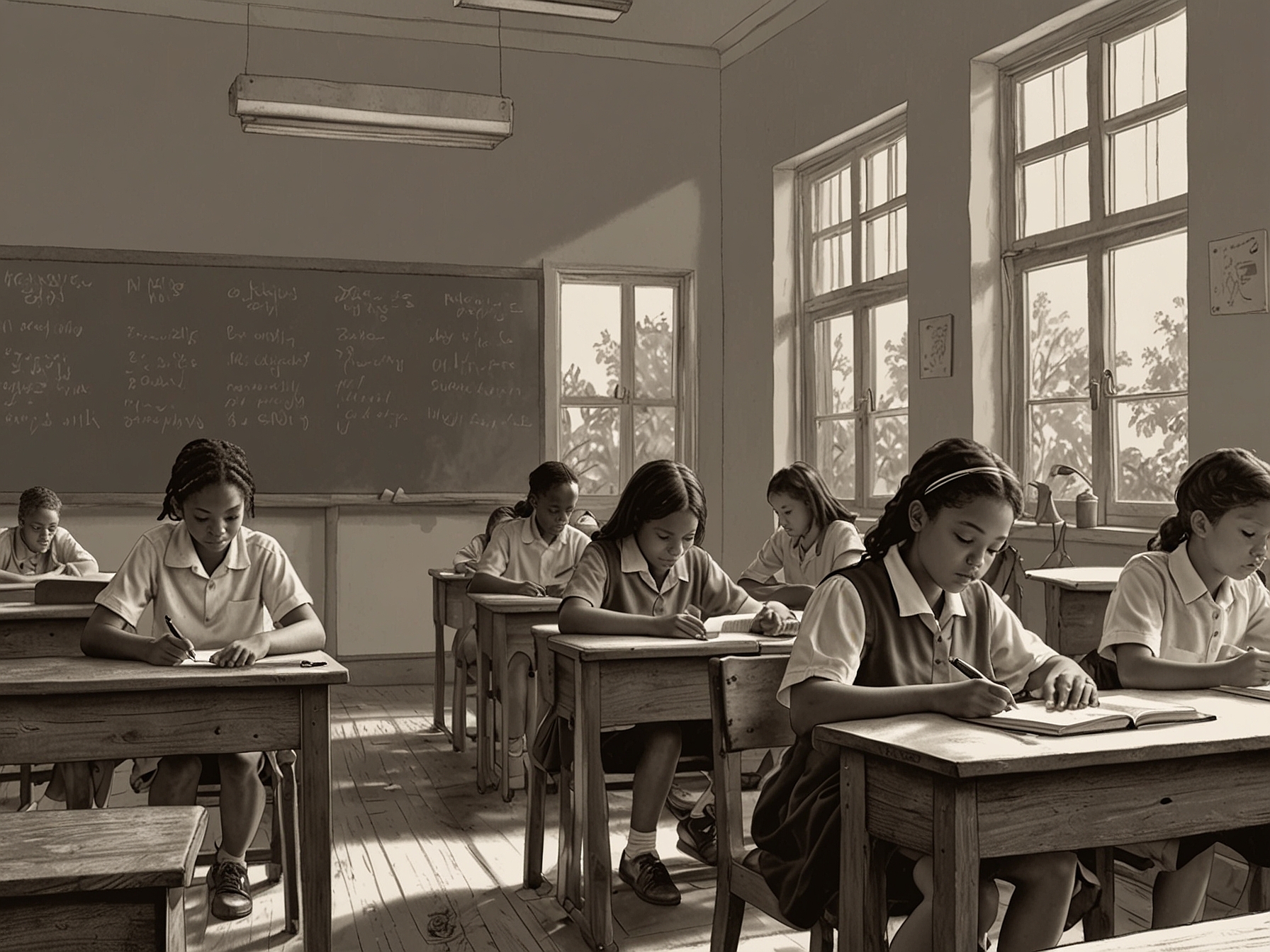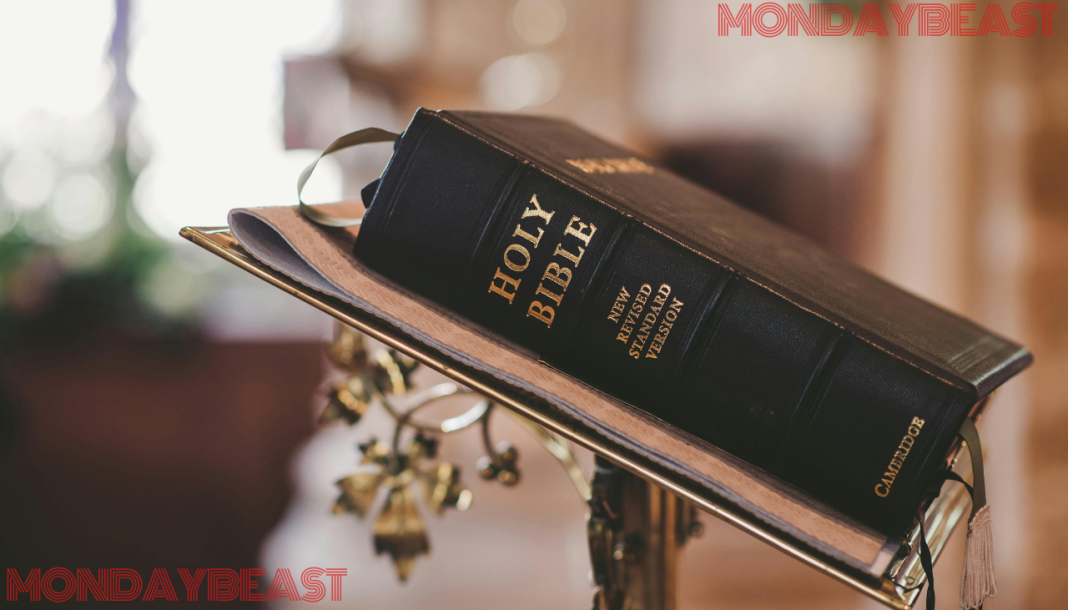Texas is stepping into a new chapter in education. The Texas State Board of Education recently approved a Bible-based curriculum. This decision has sparked significant debate among educators, parents, and students alike. What are the implications of intertwining faith with education?

The curriculum, known as ‘Blue Bonnet,’ will offer lessons from Genesis, Psalms, and the New Testament. It does not mandate school districts to adopt it, yet enticing funding is a tempting deal. Schools can receive an additional $40 per student. It’s clear that the potential windfall might influence decisions, especially in underfunded districts. But is financial incentive enough to blend religion with education?
Critics are raising concerns. The Texas American Federation of Teachers expressed alarm over the “unwelcome quantity of Bible references.” They argue it undermines both the separation of church and state and academic freedom. Should we really be mixing religion with basic reading? This issue is deeper than just a curriculum—it’s about the very foundation of our classrooms and the diverse student backgrounds that educators endeavor to serve.

There are echoes of similar movements across the nation. Louisiana recently saw a push to display the Ten Commandments in classrooms, a move that has faced legal hurdles. Meanwhile, in Oklahoma, schools were directed to integrate Bible lessons into curriculums for older grades. Is this a growing trend or merely a momentary flash? Parents and student groups in those states voiced their concerns through legal challenges, indicating a strong resistance.
The Texas board’s vote of 8 to 7 reflects a divided ideology. Four Democrats opposed the curriculum, alongside three Republicans. The contentious issue has carved a rift not just in political lines, but also among communities. When it comes to such a delicate topic, how can consensus be achieved? Are we opening the door to a broader acceptance of faith-based education, or are we stepping back into a past that many thought was behind us?

The idea of integrating any religious content in public education raises troubling questions. For instance, how do we ensure that all students feel included and respected, regardless of their beliefs? That question hangs heavily over educators, parents, and students. Each classroom has a different tapestry of faiths and worldviews. Striking that balance is no small task.
Furthermore, the fiscal allure of extra funding could push some districts to adopt the curriculum despite potential pushback. What does this signal about priorities in our school systems? Is funding incentivizing a shift to religious education at the expense of a secular learning environment?
As schools prepare to implement the curriculum in August 2025, the stakes are rising. It will be interesting to observe how districts, parents, and students will navigate this new terrain. Will there be pushback or acceptance? How will educators adapt their lesson plans to meet these new guidelines while accounting for the diverse beliefs of their students?
We are witnessing a pivotal moment in educational policy in Texas and beyond. Whether this is the dawn of an era where faith is firmly anchored in academia or merely a controversial footnote in educational history remains to be seen. Ultimately, a question lingers: what kind of education do we want for our children?




